Anyone unfamiliar with the Texas bonsai scene might be surprised by the broad range of species in training in the Lone Star State. Alpine species, tropicals, and a variety of Texas natives are commonplace in Texas exhibits, and the recent LSBF/HBS/ABS event was no exception.
Sea hibiscus, Hibiscus tiliaceus
Sea hibiscus foliage
Seeing such a diversity of species calls attention to the different ways in which bonsai can grow and to the various techniques required to train them. Becoming expert, or even adequate, in one’s care of Texas bonsai can require considerable study – or at least a healthy curiosity.
Campeche, Haematoxylum campechianum
Campeche foliage
Escambron
Further contributing to the exhibit were entries from The Texas State Bonsai Exhibition, a collection of impressive trees to be featured in a permanent collection in Austin’s Zilker Botanical Gardens.
Chinese banyan, Ficus microcarpa, from TTBSE
Brazilian rain tree from TTSBE
Brazilian rain tree foliage
The convention exhibit included bonsai, suiseki, and a special kusamono, or accent plant, section. I’ll say more about the accents in a future post. In the meantime, here are more entries from the 2019 Bonsai on the Bayou Exhibition.
American hornbeam
Tiger bark ficus
Bald cypress
Shohin black pine
Kiyohime Japanese maple and Japanese black pine
Satsuki azalea ‘chinzan’
Procumbens juniper
Semi-cascade ficus
Shohin display
Western juniper
Water jasmine, Wrightia religiosa
Yaupon holly – one of my favorite native Texas species
Mountain stone – Best Viewing Stone Award
Double pond stone
Nail stone, Taiwan
Mountain view stone, Liguria, Italy
Related Post
Prize-winning Bonsai at Bonsai on the Bayou: An American Bonsai Summit
Subscribe to Bonsai Tonight
New Posts Delivered Every Tuesday and Friday
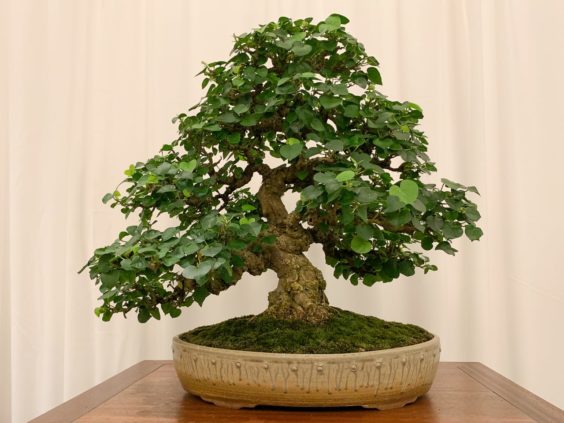
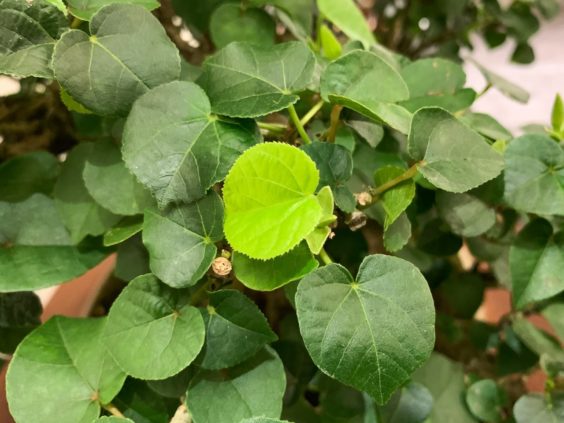
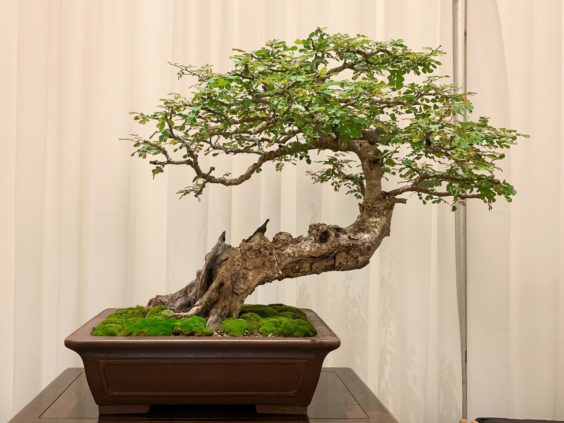
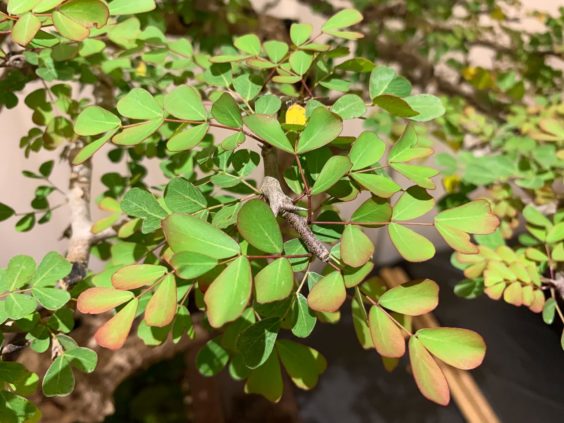
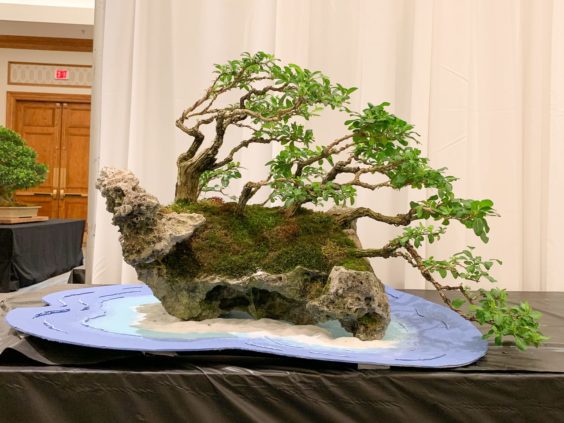
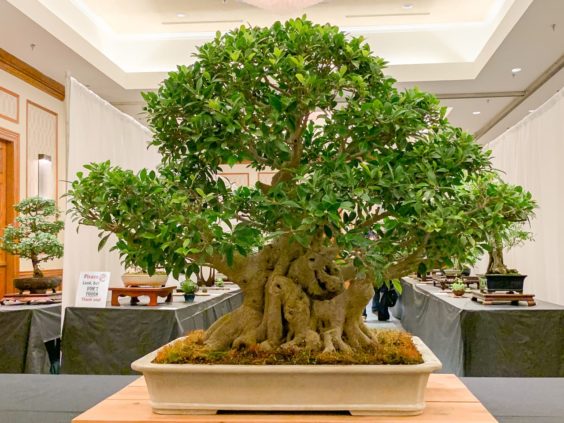
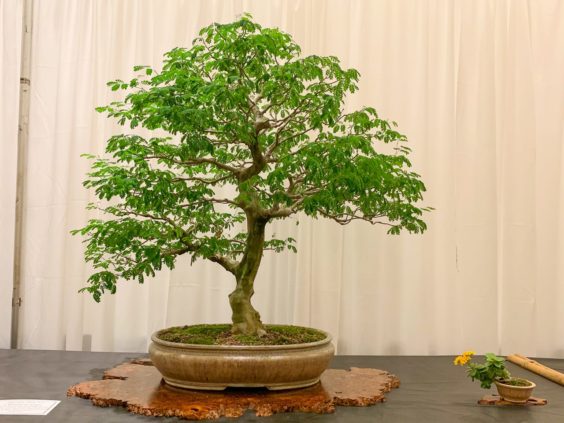
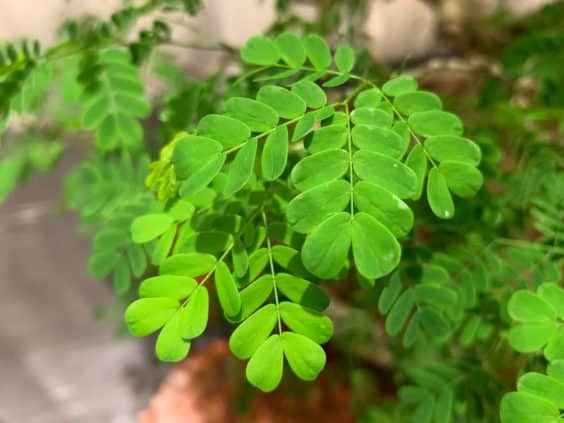
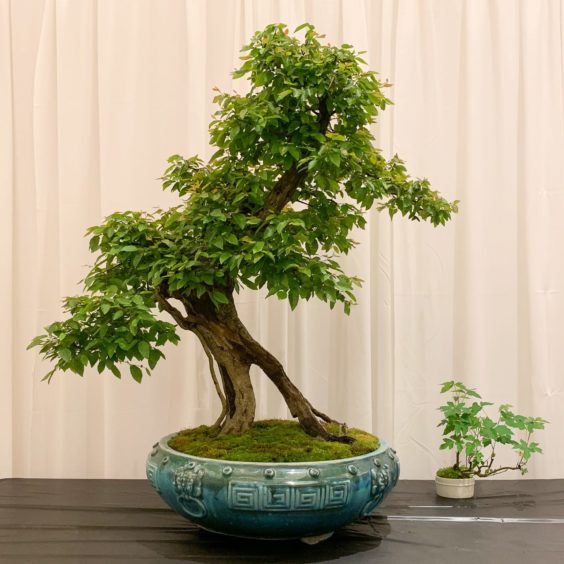
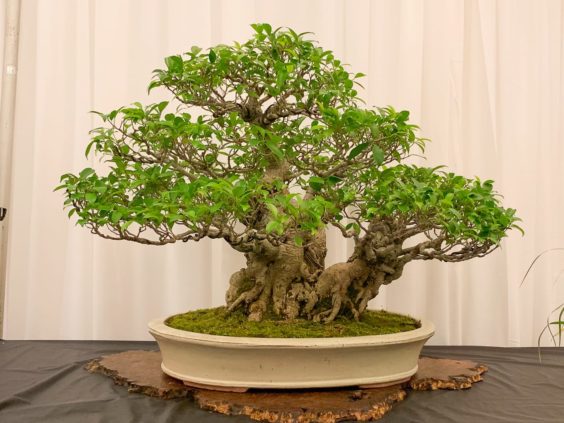
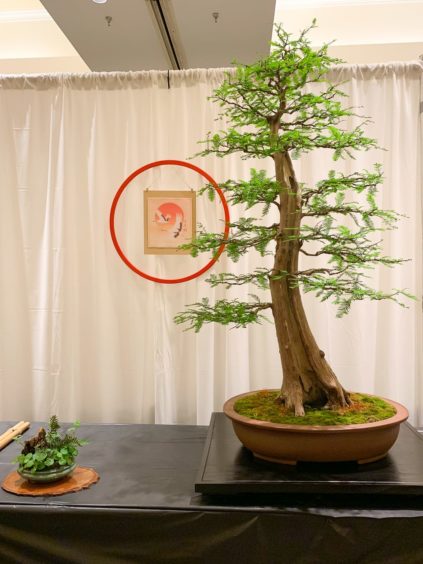
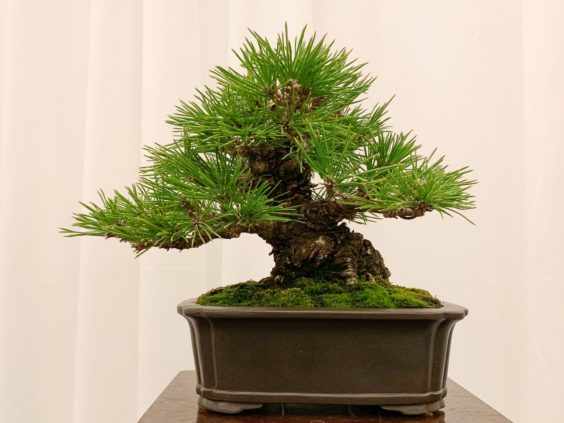
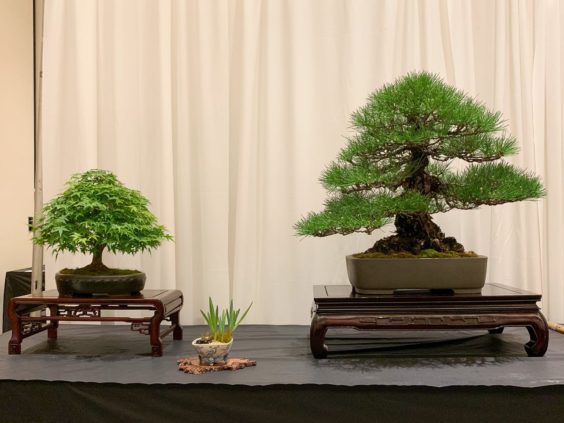
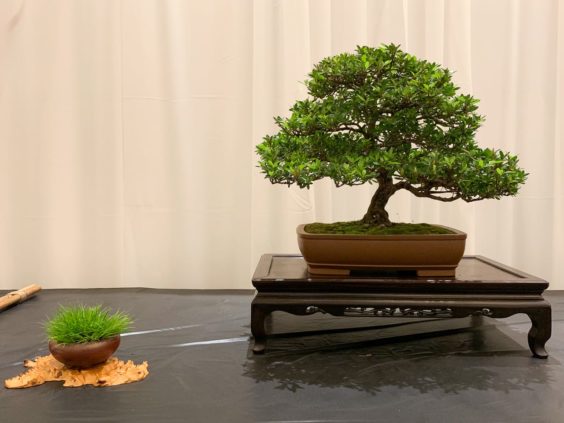
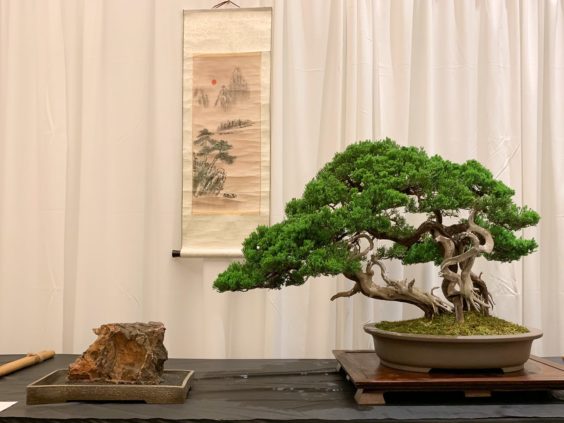
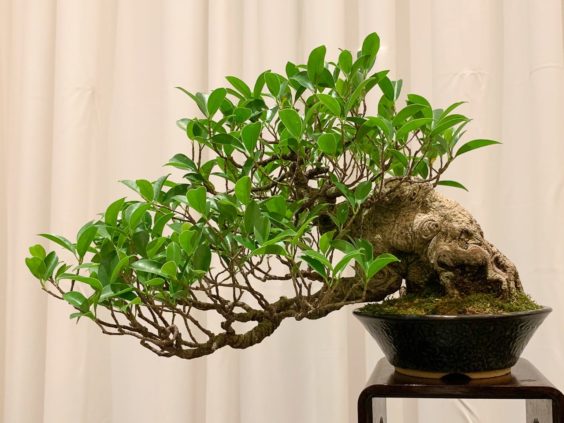
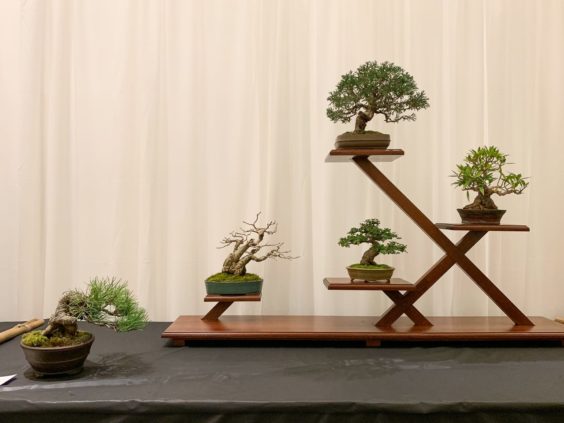
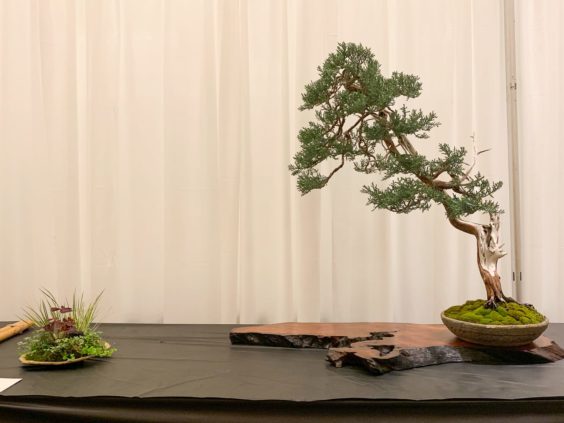
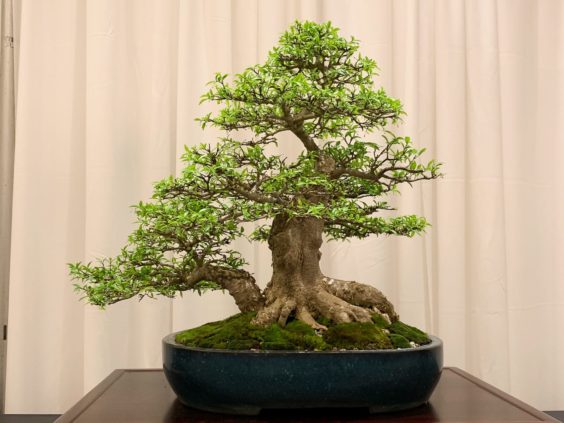
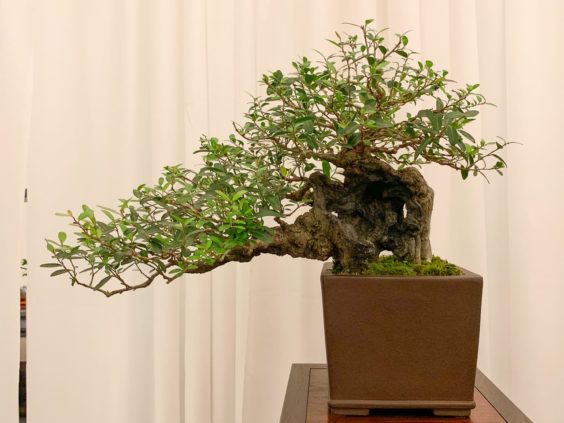
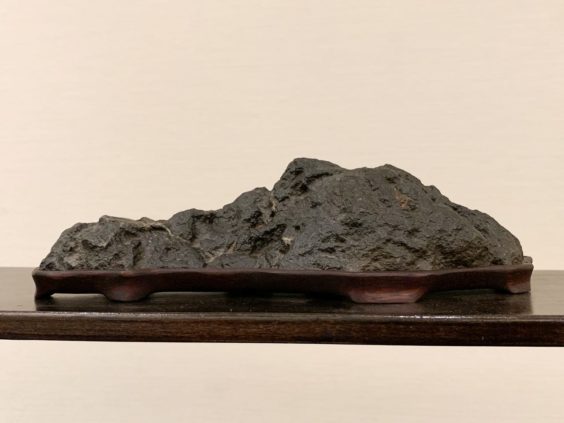
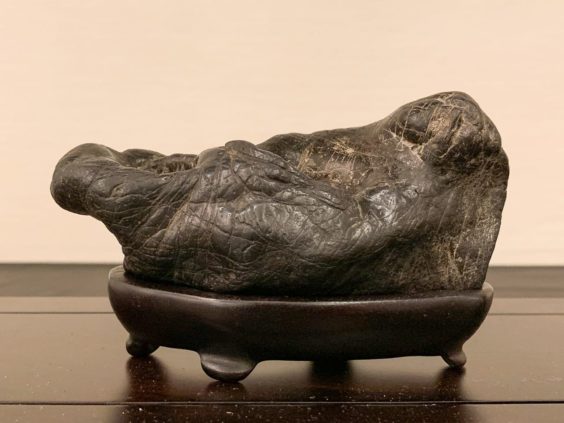
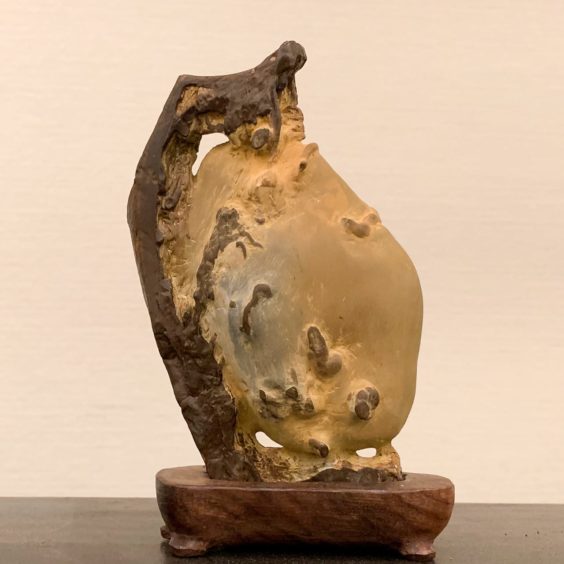
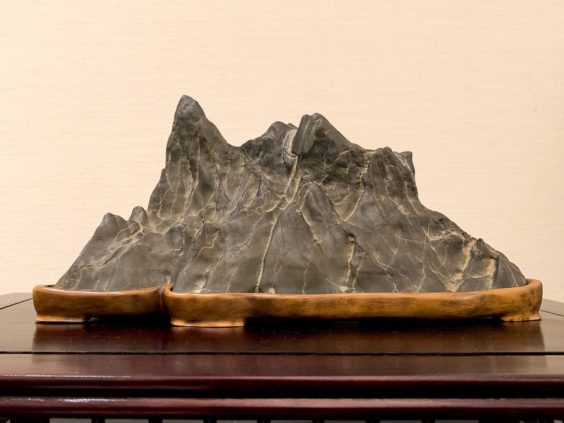
john glover says
Magnificent.